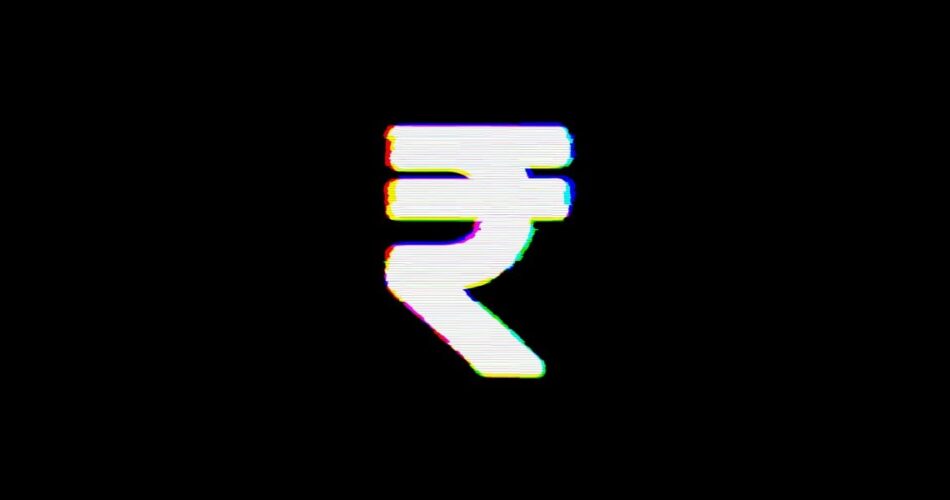The Reserve Bank of India (RBI) has announced its first retail digital Rupee pilot will commence on December 1, 2022.
“The pilot will test the robustness of the entire process of digital rupee creation, distribution and retail usage in real time,” said RBI.
The pilot works like this: Participating banks distribute the e-rupee (e₹-R), in the same denominations available as notes and coins, into digital wallets stored on mobile phones. These deposits can in turn be used for transactions among individuals, or to acquire goods and services from merchants. Merchant payments can be made using QR codes.
The e₹-R will not earn any interest but can be converted to other forms of money. RBI said the digital currency would offer the same features of physical cash – like trust, safety and settlement finality.
In late October, RBI detailed that the pilot would include “closed user groups comprising customers and merchants,” but operation-related specifics would be revealed in “due course.”
The first phase of the pilot will start off with four banks (State Bank of India, ICICI Bank, Yes Bank and IDFC First Bank) in four cities (Mumbai, New Delhi, Bengaluru and Bhubaneswar.) It will later expand to four more banks (Bank of Baroda, Union Bank of India, HDFC Bank and Kotak Mahindra Bank) and nine more cities (Ahmedabad, Gangtok, Guwahati, Hyderabad, Indore, Kochi, Lucknow, Patna and Shimla).
“The scope of pilot may be expanded gradually to include more banks, users and locations as needed,” said RBI. The central bank also said the results of this pilot would inform which features and applications are tested in future pilots.
India has an enormous population but an underdeveloped tax base. One measure to address that came in 2016 when the nation took its largest banknotes – face value ₹500 and ₹1,000 ($6 and $12) – out of circulation to shrink the untaxed cash economy. Now India is moving to digitise cash, again making more transactions visible to banks and authorities.
The retail digital Rupee pilot was preceded by trials of a wholesale version (e₹-W), which commenced on November 1st and includes nine banks – the same eight participating in the retail digital rupee pilot, plus HSBC.
RBI said the wholesale digital rupee pilot use case is “settlement of secondary market transactions in government securities.”
“Use of e₹-W is expected to make the inter-bank market more efficient. Settlement in central bank money would reduce transaction costs by pre-empting the need for settlement guarantee infrastructure or for collateral to mitigate settlement risk,” explained the central bank.
RBI has said that it wanted to launch a digital currency since at least July 2021 and has hinted at the intention for much longer.
While India has embraced Central Bank Digital Currencies (CBDCs), its less fond of cryptocurrencies. In July, the country’s finance minister Nirmala Sitharaman commented in parliament that cryptocurrencies should be prohibited.
According to Sitharaman, RBI does not view cryptocurrencies as currencies at all, as they are not issued by the central bank or government.
The anti-crypto, pro-CBDC sentiment is echoed by other nations currently trialling digital bucks. Both China and Singapore have frowned on cryptocurrencies (with China outright banning them before allowing them but not as a substitute for money), while hosting CBDC trials. ®
Source link



